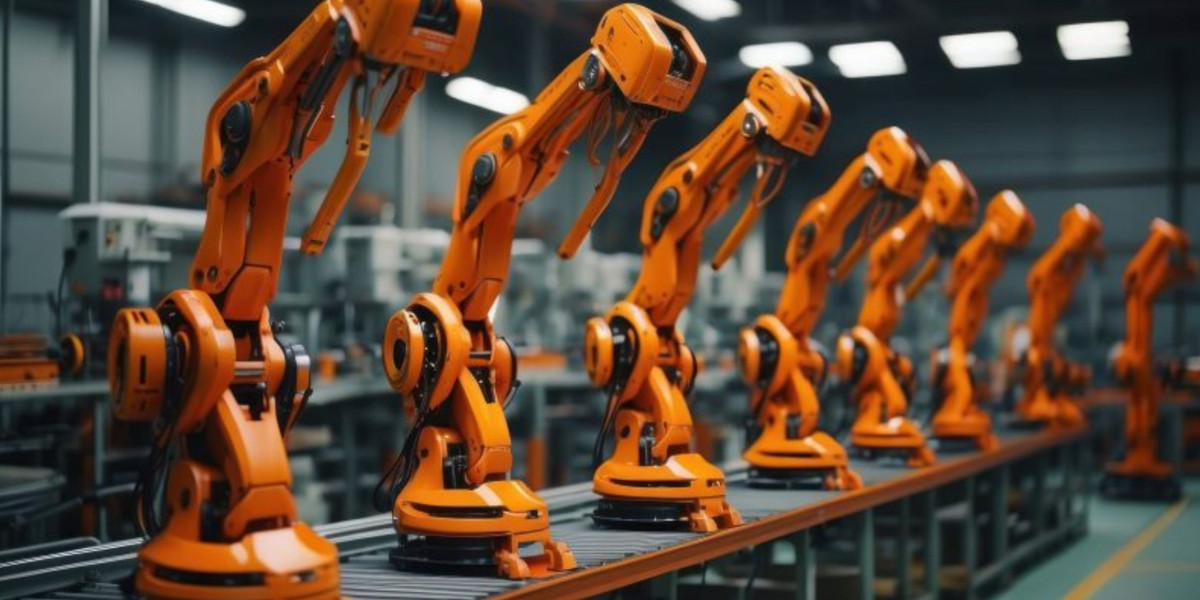The manufacturing industry is experiencing a shift driven by digital innovation, automation, and new materials. Composite manufacturing, known for its role in creating lightweight and durable components, is one area where change is happening fast. Among the most impactful technologies reshaping the field are aerial robotics and tooling engineering.
By combining the precision of tooling engineering with the flexibility of aerial robotics, manufacturers can increase efficiency, improve product quality, and reduce costs. These technologies work together to streamline processes that once required heavy labor, complex setups, and long production cycles.
Understanding the Role of Composite Manufacturing
Composite manufacturing involves creating materials from two or more components—typically fibers and a resin matrix. These materials are known for being strong, lightweight, and resistant to environmental damage. They are widely used in industries such as aerospace, automotive, and defense.
Key benefits of composites:
High strength-to-weight ratio
Resistance to corrosion and fatigue
Design flexibility for complex shapes
Energy efficiency in transportation systems
Despite these advantages, producing high-quality composites can be challenging. It requires strict process control, skilled labor, and high-precision tools.
What Is Tooling Engineering?
Tooling engineering focuses on designing and building the tools, molds, and fixtures needed in the manufacturing process. In composite manufacturing, this includes forms for shaping materials, jigs for holding components in place, and cutting tools for trimming final parts.
Tooling engineering supports:
Consistency and accuracy in production
Rapid setup and repeatability in processes
Integration with robotic and automated systems
Improved quality control and reduced human error
When properly designed, tooling systems speed up production while maintaining the structural integrity of composite components.
The Emergence of Aerial Robotics
Aerial robotics involves the use of autonomous or semi-autonomous flying machines, such as drones, equipped with sensors, cameras, and data collection tools. These systems are increasingly used in manufacturing settings to inspect, monitor, and even perform light assembly or delivery tasks.
Aerial robotics can:
Inspect large composite structures quickly and safely
Monitor the curing and bonding process from above
Assist in material delivery and placement in factories
Capture real-time data for quality assurance and process improvement
Their mobility and adaptability allow aerial robots to reach areas that fixed systems or ground personnel might not access efficiently.
How Aerial Robotics Enhances Tooling Engineering
The integration of aerial robotics into tooling engineering creates a smarter, more dynamic manufacturing environment. These two technologies work hand in hand to boost the capabilities of composite manufacturing lines.
Ways aerial robotics supports tooling engineering:
Aerial systems inspect molds and tools for wear or damage
Drones track tool positioning and alignment during setup
Real-time feedback from aerial sensors informs tool adjustments
Drones assist with logistics, transporting tools and materials across the facility
This collaboration allows tooling systems to adapt quickly to changes in design or production demands.
Automating Quality Control and Inspection
Quality assurance is critical in composite manufacturing. Small defects in composite parts can lead to serious problems, especially in applications like aerospace. Aerial robotics simplifies inspection tasks by collecting detailed imagery and sensor data.
Inspection tasks handled by aerial systems:
Surface scanning for cracks, delamination, or bubbles
Thermal imaging to ensure proper curing of resins
Monitoring uniformity in fiber placement
Verifying alignment of composite layers and tools
This level of inspection, when paired with tooling engineering, ensures that the final product meets the required standards every time.
Increasing Safety and Reducing Downtime
Traditional composite manufacturing processes often involve physically demanding or hazardous tasks. Aerial robotics improves safety by taking over roles that require working at heights or in confined spaces.
Safety benefits include:
Reduced need for scaffolding or manual inspection platforms
Lower exposure to chemicals and high-temperature environments
Faster response to maintenance issues through aerial monitoring
Automated alerts for tool malfunctions or material inconsistencies
Tooling engineers benefit from this data, using it to design more reliable and worker-friendly systems.
Supporting Sustainable Manufacturing
Sustainability is becoming a priority in every manufacturing sector. Aerial robotics and tooling engineering both contribute to more eco-friendly production.
Eco-conscious advantages:
Reducing material waste through precision placement
Improving energy efficiency during curing and forming
Enabling lightweight tool designs that consume fewer resources
Supporting closed-loop systems that track and reuse materials
Manufacturers aiming for greener operations can use these technologies to meet their goals while improving output.
Real-Time Data and Predictive Maintenance
Modern manufacturing depends heavily on data. With aerial robotics providing live visuals and sensor inputs, and tooling engineering creating measurable systems, real-time data becomes a powerful tool.
Data-driven outcomes:
Predictive maintenance scheduling for tools and machines
Faster identification of defects or delays in production
Improved decision-making during part design and layout
Enhanced traceability across the supply chain
Together, these insights help manufacturers minimize waste and make continuous improvements.
Final Thoughts
The combination of aerial robotics and tooling engineering is revolutionizing composite manufacturing. By merging automation, precision, and real-time data collection, manufacturers can increase efficiency, improve product quality, and maintain flexibility in complex production environments.
As these technologies continue to develop, their impact will grow beyond inspection and tooling. They will reshape how factories operate, making composite manufacturing smarter, safer, and more sustainable. Embracing this innovation allows businesses to stay competitive in a fast-moving industry and prepare for the next generation of manufacturing challenges.






